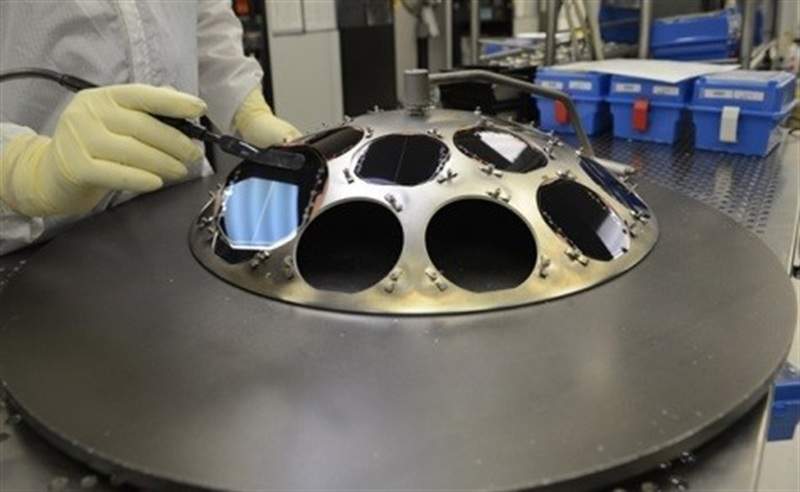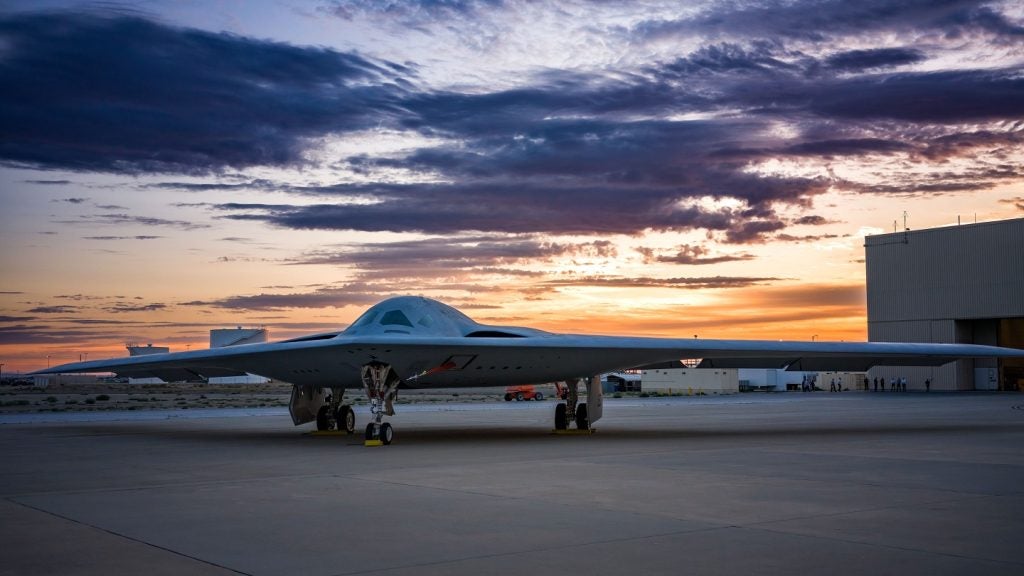
The US Air Force Research Laboratory (AFRL) has developed new and advanced inverted metamorphic multi-junction (IMM) solar cells that can offer increased power efficiency at reduced costs for military space applications.
The solar cells are a result of a collaborative effort between the AFRL Materials and Manufacturing and Space Vehicles Directorates, the Space Industrial Base Working Group, and SolAero Technologies.
According to the US Air Force, modern spacecraft prefer the use of multi-junction solar cells that can take advantage of multiple layers of light-absorbing materials, each capable of converting specific wavelength regions of the solar spectrum into energy.
Typically grown on germanium substrates, the multi-junction solar cells are more efficient than silicon solar cells and can better tolerate radiation in the space environment.
The new IMM solar cells are even more efficient and lighter in weight than the existing multi-junction cells, and can be used to solve the efficiency and mass needs of the space community.
The IMM cells are claimed to be capable of attaining a 15% increase in power when compared with a same-sized array of standard practice multi-junction solar cells.
How well do you really know your competitors?
Access the most comprehensive Company Profiles on the market, powered by GlobalData. Save hours of research. Gain competitive edge.

Thank you!
Your download email will arrive shortly
Not ready to buy yet? Download a free sample
We are confident about the unique quality of our Company Profiles. However, we want you to make the most beneficial decision for your business, so we offer a free sample that you can download by submitting the below form
By GlobalDataThis allows engineers to reduce the mass and area of a solar array while receiving the same power, providing additional space for other applications on a space platform.
AFRL Materials and Manufacturing Directorate electronics engineer Kerry Bennington said: “We found that by growing cells upside down on gallium arsenide, we can more effectively tailor the material properties of the individual absorbing layers.
“This results in more effective utilisation of the solar spectrum and produces cells with significantly better performance.
“By removing the rigid growth substrate, we end up with a cell that is lightweight and extremely flexible. A single IMM cell can convert more than 32% of captured sunlight into energy.”
The solar cells are currently being tested to qualify to the American Institute for Aeronautics and Astronautics S-111 standard.
They are expected to be qualified for space this year.






